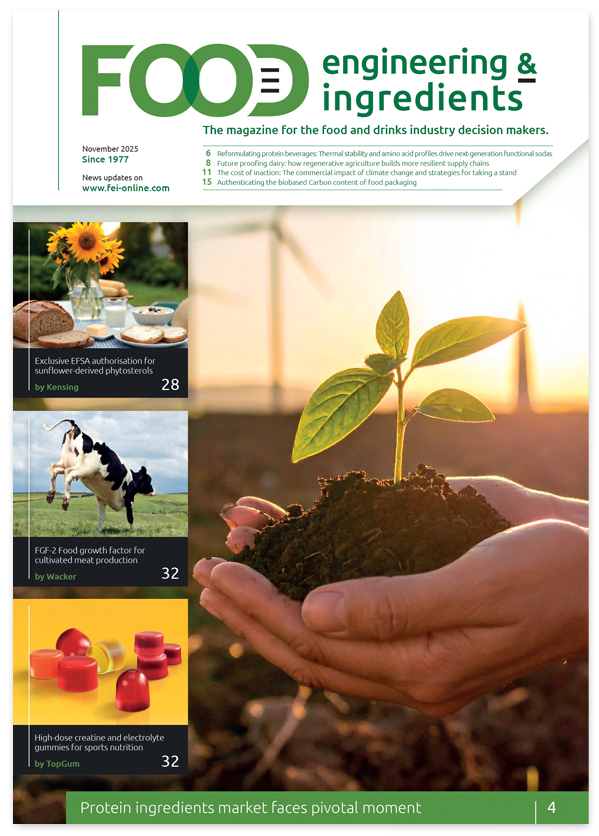What is Okara?
Okara, soy pulp, or tofu dregs is a pulp consisting of insoluble parts of the soybean that remain after pureed soybeans are filtered in the production of soy milk and tofu. The by-product is generally white or yellowish in colour. It is part of the traditional cuisines of Japan, Korea, and China. Since the 20th century, it has been used in the vegetarian cuisines of Western nations.
It is called dòuzhā or dòufuzhā in Chinese, okara in Japanese, and biji or kongbiji in Korean. Okara is the oldest of three basic types of soy fibre. The other two are soy bran (finely ground soybean hulls) and soy cotyledon/isolate fibre (the fibre that remains after making isolated soy protein, also called ‘soy protein isolate’).
Okara that is firmly packed consists of 3.5 to 4.0% protein, 76 to 80% moisture and 20 to 24% of solids. When moisture free, the gritty okara contains 8 to 15% fats, 12 to 14.5% crude fibre and 24% protein, and contains 17% of the protein from the source soybeans. It also contains potassium, calcium, niacin [1]. Most of the soybean isoflavones are left in okara, as well as vitamin B and the fat-soluble nutritional factors, which include soy lecithin, linoleic acid, linolenic acid, phytosterols, tocopherol, and vitamin D [2].
Okara contains some antinutritional factors: trypsin inhibitors (mostly destroyed by cooking), saponins, and soybean agglutinins, which cannot be easily digested.
Fermentation (by proper species of bacteria) of okara is conducive to digestion and absorption of okara nutrients, and it further improves the nutritional value. It can eliminate the bean’s odour, increase the amount of edible fibre, free amino acids, sugars, fatty acids, vitamin B12, vitamin B2, and flavoprotein [2].
References
1. David B. Haytowitz and Ruth H. Matthews for the USDA Human Nutrition Information Service December 1986 Agriculture Handbook No. 8-16. Composition of Foods: Legumes and Legume Products. https://naldc.nal.usda.gov/download/CAT87869981/PDF
2. Li, Shuhong; Zhu, Dan; Li, Kejuan; Yang, Yingnan; Lei, Zhongfang; Zhang, Zhenya (8 September 2013). Soybean Curd Residue:
Composition, Utilization, and Related Limiting Factors. ISRN Industrial Engineering. (2013). https://doi.org/10.1155/2013/423590


